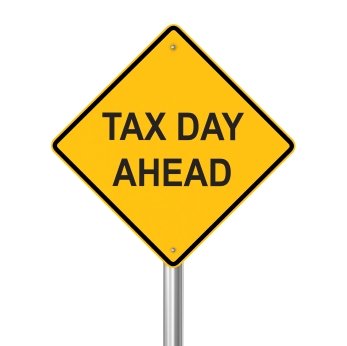Whenever you claim a credit on your federal income taxes, the IRS categorizes that credit as either a nonrefundable credit or a refundable tax credit.
Most tax credits are nonrefundable, meaning you can’t get money back from Uncle Sam as a result of claiming a nonrefundable tax credit.
Examples of nonrefundable credits include:
- The Child and Dependent Care Credit
- The Lifetime Learning Tax Credit; and
- The Retirement Saver’s Tax Credit
Although a nonrefundable credit can lower the amount of taxes you owe – and can even slash your tax liability to zero – a nonrefundable tax credit still isn’t as financially beneficial as a refundable credit.
A refundable tax credit is the only tax credit for which you can get money back from the federal government.
In 2013, if you are filing your 2012 tax return, some of the refundable tax credits available to individual taxpayers in the U.S. include:
- The Adoption Tax Credit
- The Earned Income Tax Credit; and
- Part of the Child Tax Credit (specifically the Additional Child Tax Credit)
These and other refundable credits not only help lower your tax bill to zero, they can also get you a federal refund check once you file your taxes. That’s because the IRS treats a refundable tax credit as if you’ve made a payment, or a prepayment, toward your tax bill.
So when you file your 1040 tax form and calculate your overall tax liability, any overpayment – including “prepaid” amounts based on a refundable credit – get paid right back to you in the form of a tax refund check.










